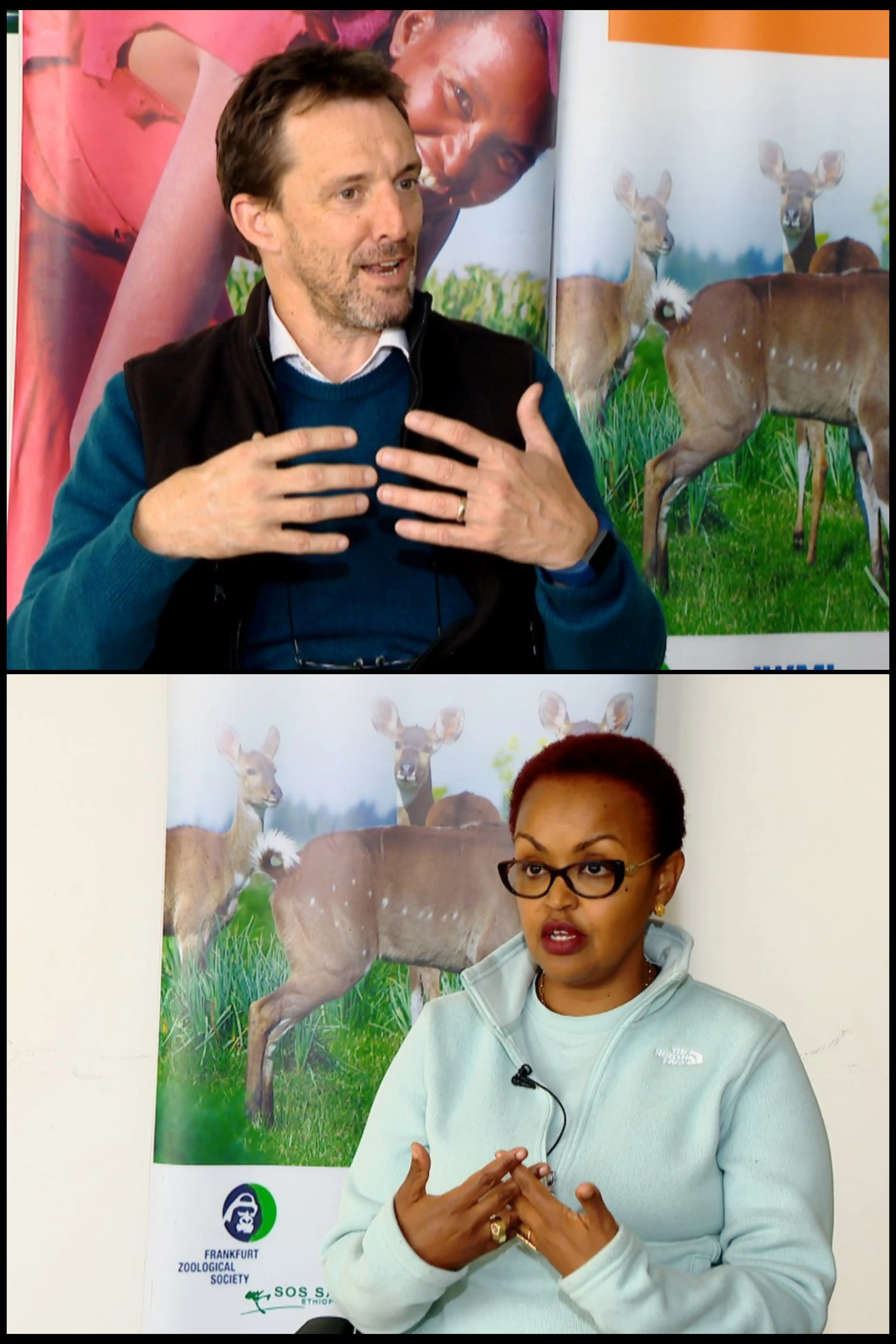By: Goshu Melisew
Tom Cadogan, Director of Programs at Farm Africa, has called for a stronger focus on channeling climate adaptation finance directly to grassroots communities, challenging arguing that local systems and institutions are central to building resilience against climate change.
Speaking on Farm Africa’s work across Ethiopia, Kenya, Uganda, and Tanzania, Tom stressed that while global leaders often focus on reshaping international finance architecture, a major gap remains in ensuring that funds reach the communities most vulnerable to climate shocks.
“The fundamental fabric of enhancing local climate resilience systems lies in empowering the groups and institutions that actually serve our communities,” he said, pointing to savings groups, credit unions, microfinance institutions, micro-insurance opportunities, and cooperative unions.
According to Tom, these community-based systems, though often overlooked, are key in providing climate adaptation solutions, especially in helping households recover from loss and damage caused by floods, droughts, and other climate-related disasters.
He emphasized that small and microfinance efforts should not be underestimated: “It sounds small and micro, but we’re talking about scale. Millions of people can be protected from loss and damage, while also creating strong linkages between grassroots communities and larger financial institutions. This is where private sector capital can make a direct impact.”
Citing Ethiopia as a model, Tom highlighted Farm Africa’s pioneering work in establishing participatory forest and rangeland management units. In Afar, for example, the organization has supported women agro-pastoralists to form village savings and loan groups, while linking them with microfinance institutions and micro0finance providers to safeguard household assets from climate shocks.
“These are excellent models in Ethiopia that now can be scaled up across the country and even replicated in the wider region,” Tom noted, underscoring the importance of partnerships with both the private sector and local governments in making climate finance effective on the ground.
Farm Africa’s approach, he said, demonstrates that community-led mechanisms can not only strengthen adaptation but also bridge the gap between global climate finance commitments and real impact at the grassroots level.
Supported by AGRA, the BRES project implemented by Farm Africa in partnership with local stakeholders helps smallholder farmers in Oromia boost food security and increase incomes by improving the sustainability, productivity, and resilience of the wheat value chain.
The project aligns with Ethiopia’s national wheat strategy, empowering farmers through innovation, mechanization, and knowledge sharing, while contributing to national self-sufficiency and export readiness. To achieve this, the AGRA-funded BRES project collaborates closely with government agencies at both local and national levels, as well as with universities and research institutions.
For her part Shewit Emanuel, Farm Africa Country Director in Ethiopia, sated that Ethiopia’s forest conservation efforts are now serving as a model for climate resilience. Shewit noted that the Bale eco-region has successfully cut deforestation and reduced carbon emissions, with communities reinvesting carbon income into education, nutrition, and livelihoods.
Speaking after the second African Climate Summit, Shewit also underscored Ethiopia’s broader climate commitments, including its Gender Climate Action Plan and updated Nationally Determined Contributions. She said that the Grand Ethiopian Renaissance Dam will further power the country’s clean energy ambitions while standing as a symbol of national pride.
The African Climate Summit, she added, demonstrated how governments and communities can work hand in hand to advance climate resilience.




